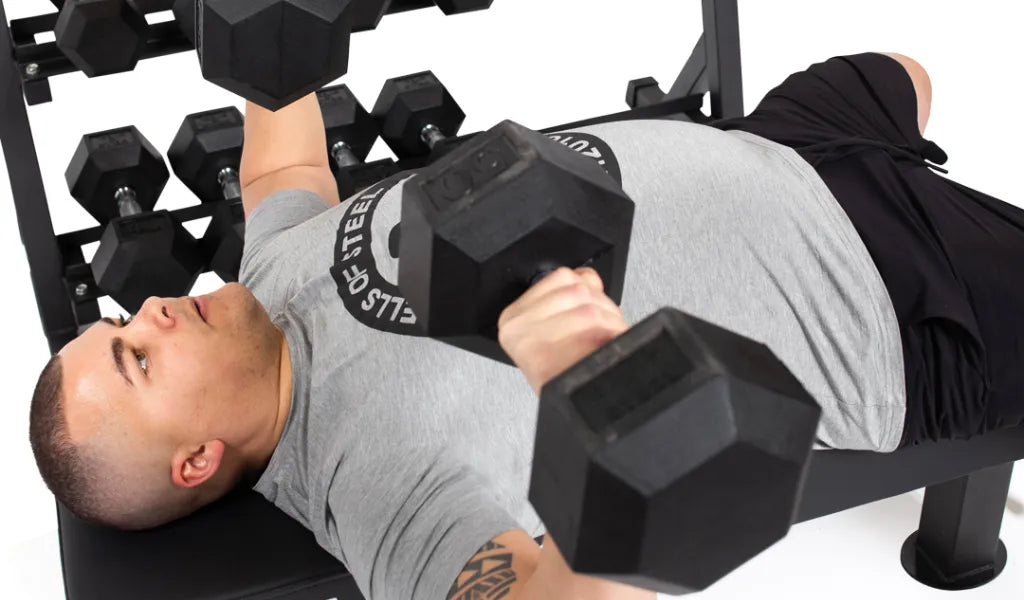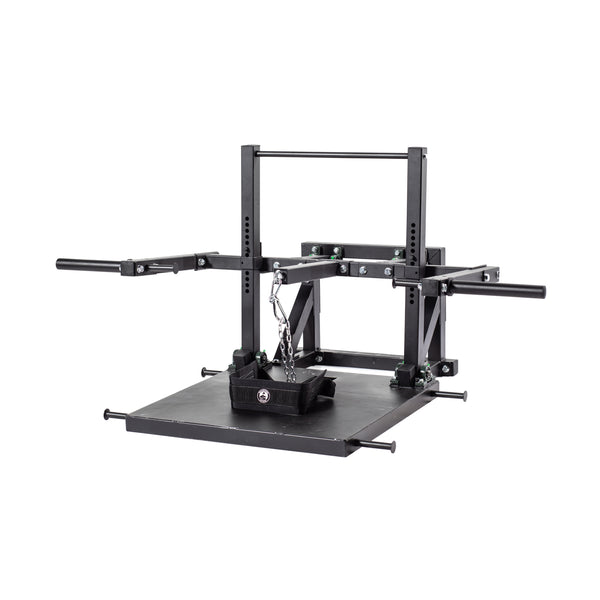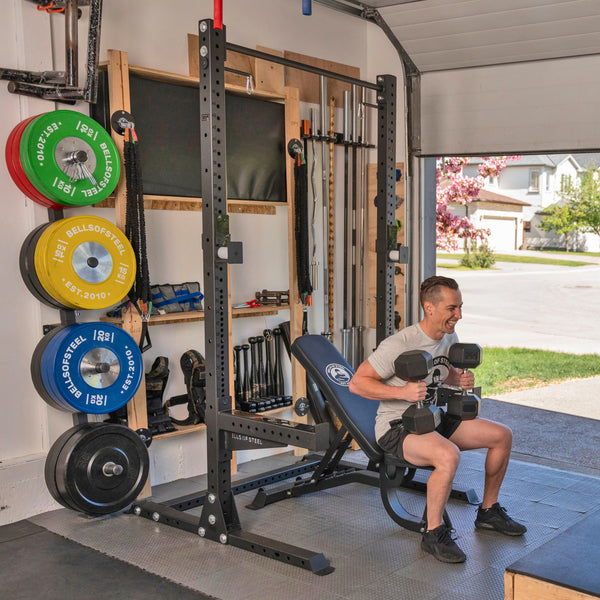So you’ve taken the plunge into home training. Welcome to the club, population: gains. Whether you built out a full garage gym with a shiny power rack or cleared a corner next to the laundry for some adjustable dumbbells and bodyweight burners, your first month training at home is going to be…a ride.
It’s equal parts thrilling and humbling. There will be wins (like deadlifting in your pajamas) and challenges (like tripping over your dog during squats). But if you play it smart and set some realistic expectations, you’ll lay the groundwork for long-term success—and possibly fall in love with the clanging of iron on your own turf.
Why Training at Home Rocks
Let’s state the obvious: no commute, no gym bros hogging equipment, and no judgment if your pre-workout ritual includes blasting Britney Spears. Training at home can give you freedom, flexibility, and the ability to hit those weights, baby, one more time as loudly as your walls (and neighbors) will tolerate.
Benefits:
-
Total schedule freedom
- No gym membership fees
- Personalized space and equipment
- Easy to stick to short workouts (even 20–30 minutes count!)
-
Family or pet-friendly… mostly
What to Expect in Your First Month of Home Workouts
Here’s what that inaugural month of home training is really like—no fluff, just reps.
Week 1: The Honeymoon Phase
You’re pumped. You’ve got the gear. You’re ready to beast.
Your workouts might feel a little awkward at first as you figure out where everything goes, how much space you really have, and whether your floorboards can handle a barbell drop (tip: use crash pads or, you know, don't drop it). You’ll also be tweaking your routine as you realize that doing lunges in a narrow hallway is harder than expected—and not for the usual reasons.
Expect some soreness, some trial-and-error, and a few “where did I put my kettlebell?” moments.
Week 2: The Reality Check
The novelty wears off a little. Distractions creep in. Maybe the kids barge in mid-set, or you start bargaining with yourself: “If I skip squats, I’ll do double tomorrow…” (Morgan Freeman Narrator: but they won’t double their squats tomorrow. In fact, they’ll watch Netflix instead of training for the rest of the week.)
This is when discipline starts to replace motivation. Start keeping a simple log of your workouts, plan sessions at the same time each day, and set micro-goals. Consistency trumps intensity right now—think habit, not heroics.
Week 3: Finding Your Groove
Now we’re talking. You’ve figured out your ideal workout time, your space is dialed in, and you’ve probably added a few items to your wishlist (yes, a Cable Tower would make life easier). You’re making noticeable progress—and probably loving the convenience.
You might also find yourself itching to add variety. Play around with tempo changes, try new movement patterns, or test your limits with a new PR attempt. This is when home training starts to click.
Week 4: You’re In It Now
You’ve made it a whole month. You’re moving better, feeling stronger, and your gym setup finally feels like your gym. You might still face distractions, but you’re better at swatting them away (looking at you, bingeable TV shows).
This is the time to reflect: what worked? What didn’t? What would make your workouts smoother or more fun? Keep a running wishlist—maybe a Bells of Steel Belt Squat, extra storage, or some bumper plates that don’t bounce like pogo sticks.
How to Overcome Common Challenges at Home
Distractions
Phones, family, pets, and TikTok temptations are everywhere.
Solution: Use a “gym signal”—headphones on, music playing, or a visible sign that says, “Do not disturb unless there’s fire or snacks.”
Motivation Dips
Home doesn’t always scream “beast mode.”
Solution: Set clear goals, join a virtual challenge, or train with a buddy online. Remember, motivation is optional. Habits are mandatory.
Equipment Limitations
You may not have a full commercial gym (yet).
Solution: Use what you’ve got. Resistance bands, tempo training, unilateral work, and bodyweight exercises are underrated and brutal—in the best way.
Storage Chaos
Nobody wants to trip over a kettlebell at 6 AM.
Solution: Use racks, shelves, and wall hooks to keep your space clean. Bonus: less clutter = fewer excuses.
FAQs: First Month of Home Training
Q: How many days a week should I train at home?
A: Start with 3–4 days a week. That’s enough to build the habit without burning out faster than a dry scoop of pre-workout.
Q: Do I need fancy equipment right away?
A: Nope. Start with bodyweight, bands, and basic dumbbells or a barbell. Add more as your goals grow. The wish list phase will come naturally (and fast).
Q: What if I miss a day (or a few)?
A: No shame. Life happens. Just don’t ghost your gains. Pick up where you left off and keep the momentum moving forward.
Q: Can home workouts actually make me strong?
A: Absolutely. Progressive overload works anywhere. Plenty of lifters hit PRs in their garage with just a barbell and grit. (And maybe a squat rack.)
Q: What if I get bored?
A: Mix things up! Switch between supersets, EMOMs, circuits, or new accessories like a landmine attachment or pull-up bar. Boredom is optional. Gains are not.
Final Thoughts: Your First Month Sets the Tone
Your first month training at home is like moving into a new apartment—you’ll rearrange furniture, stub your toe a few times, and figure out how to make the space feel like you.
Stick with it. Keep showing up. Track your progress, tweak your space, and embrace the quirks of your new lifting lifestyle. Because the more reps you get in—physically and mentally—the more it becomes second nature.
You’ve got this. And your squat rack’s not going anywhere.




